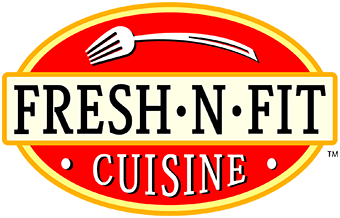 Antioxidants help fight oxidation which is a normal chemical process that takes place in the body every day. The best way to think about the oxidation process is what happens to a cut apple that is left on the counter. The longer the apple is exposed to oxygen, the browner it becomes. That process can also be accelerated by external factors like stress, smoking and drinking alcohol.
Antioxidants help fight oxidation which is a normal chemical process that takes place in the body every day. The best way to think about the oxidation process is what happens to a cut apple that is left on the counter. The longer the apple is exposed to oxygen, the browner it becomes. That process can also be accelerated by external factors like stress, smoking and drinking alcohol.
Essentially, antioxidants are scavengers of the damaging by-products of oxidation, also known as free radicals. These free radicals can damage cells and cause a multitude of health problems. Ultimately, antioxidant consumption can decrease inflammation in the body, improve immune function and decrease risk of infections. Furthermore, it can reduce the risk of cardiovascular disease and cancer risk.
While you can find some antioxidant minerals, like selenium and manganese, in meats and seafood, the best sources of antioxidants are fruits and vegetables. One of the best ways to ensure getting a variety of antioxidants is to eat foods that represent all of the colors of the rainbow with each color providing its own unique antioxidants benefit. Foods with rich, vibrant colors often contain the most antioxidants. Studies have shown that certain foods lose a lot of their antioxidant activity during the cooking process, so make sure they don’t get overcooked or just eat them raw.
The three major antioxidant vitamins are beta-carotene, vitamin C, and vitamin E.
| Beta-carotene and other carotenoids: | Vitamin C: | Vitamin E: |
| Apricots Asparagus Beets, Broccoli Cantaloupe Carrots Corn Green peppers Kale Mangoes Turnip greens Collard greens Nectarines Peaches Pink grapefruit Pumpkin Squash Spinach Sweet potato Tangerines Tomatoes Watermelon | Berries Broccoli Brussels sprouts Cantaloupe Cauliflower Grapefruit Honeydew Kale Kiwi Mango Nectarine Orange Papaya Snow peas Sweet potato Strawberries Tomatoes | Broccoli Avocado Chard Mustard and turnip greens Mangoes Nuts Papaya Pumpkin Red peppers Spinach Sunflower seeds |
